The Cedars of God (Arabic: أرز الربّ Arz al-Rabb “Cedars of God”), located in the Kadisha Valley of Bsharre, Lebanon, are one of the last vestiges of the extensive forests of the Lebanon cedar that anciently thrived across Mount Lebanon. All early modern travelers’ accounts of the wild cedars appear to refer to the ones in Bsharri;[1] the Christian monks of the monasteries in the Kadisha Valley venerated the trees for centuries. The earliest documented references of the Cedars of God are found in Tablets 4-6 of the great Epic of Gilgamesh, six days walk from Uruk. The Psalms of King David eg. “104:16” provide support to claims of the biblical creation story’s proximity to the Cedars forest, firstly the planting of Cedars with Gods hands and secondly the name of an adjacent village in the Kadisha Valley known as Edhen (Eden).
The Phoenicians, Israelites, Egyptians, Assyrians, Babylonians, Persians, Romans, Arabs, and Turks used Lebanese timber. The Egyptians valued their timber for shipbuilding, and in the Ottoman Empire their timber was used to construct railways.
Source: Wikipedia

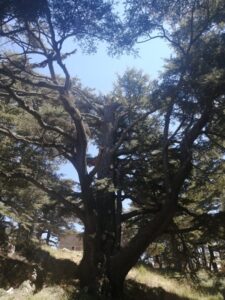
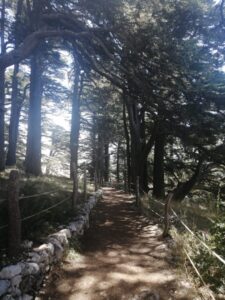
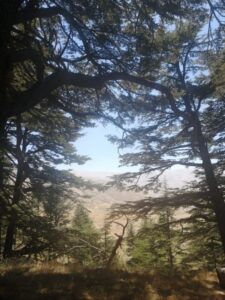
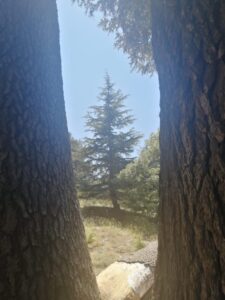
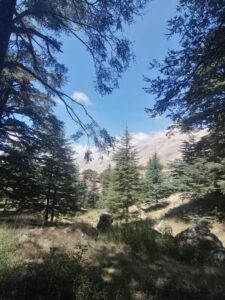
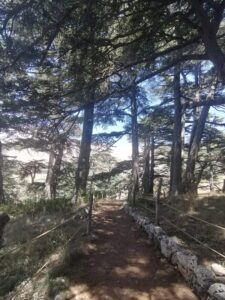
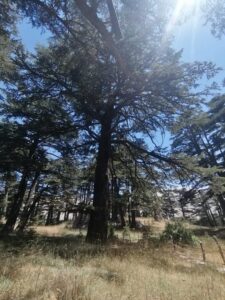
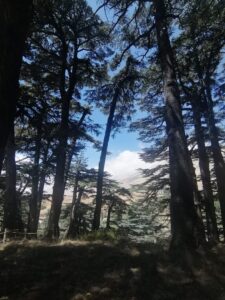
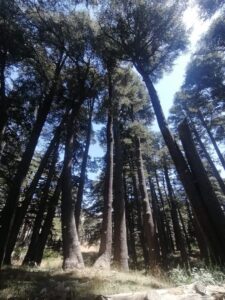
You must be logged in to post a comment.